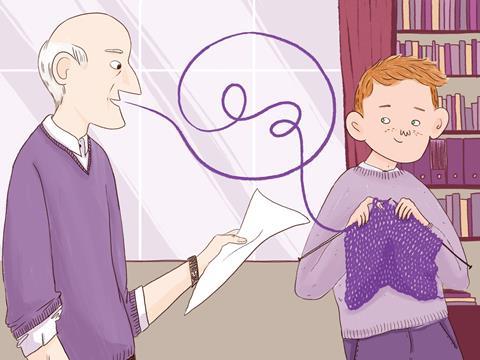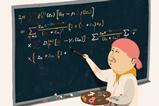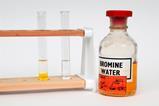How considering feedback, rather than marks, after exams can improve attainment
Simply giving a student their grade after sitting an exam paper doesn’t tell them how to improve. It may initially thrill a high-scoring student but it could also lead to some complacency. If the student received a low grade, it could switch them off altogether.

A colleague from the English department gave me the idea to have students complete a reflection sheet after sitting an exam paper. Taking this idea, I created one to suit science. All pupils now complete reflection sheets after they have sat pre-public exams.
Completing a reflection sheet
After the exams have been marked, pupils complete the reflection sheet for that particular exam paper. The reflection sheet opens with questions about confidence, how much revision they did and what revision techniques worked for them. This can be a useful tool; my pupils have been honest telling me if they haven’t revised.
7 simple rules to boost science teaching
Click to expand and explore the rules
Build on the ideas that pupils bring to lessons
Help pupils direct their own learning
Use models to support understanding
Support pupils to retain and retrieve knowledge
- Pay attention to cognitive load—structure tasks to limit the amount of new information pupils need to process
- Revisit knowledge after a gap to help pupils retain it in their long-term memory
- Provide opportunities for pupils to retrieve the knowledge that they have previously learnt
- Encourage pupils to elaborate on what they have learnt
Use practical work purposefully and as part of a learning sequence
Develop scientific vocabulary and support pupils to read and write about science
Use structured feedback to move on pupils’ thinking
The reflection sheet then becomes more targeted. Each question on the exam is listed on the sheet, along with the broad topics the question covers, revision guide page numbers are given to provide explicit guidance of where pupils can go to for help. The questions students struggled with are highlighted. No scores or grades are given at this stage.
Adapting the sheet
For higher attaining pupils or to save yourself time, the topics the questions covered and revision guide pages can be left blank for the pupils to fill in themselves. This improves engagement with revision for what appears on that specific paper.
For mid to lower attaining pupils, topics and revision guide pages are given. Pupils have struggled in the past to recognise what the question is about and have spent too long looking for this information. Giving the topics/page numbers guarantees pupils use time more effectively to respond to their weaknesses.
Finally, there is a task/actions box alongside each question number; these gave students explicit questions/instructions to complete This allows them to act on their areas for development. When I left this box blank for pupils to complete themselves, the responses were too generic. Often, they would simply write ‘revise more’.
Giving students enough time to act on the feedback is vital. I dedicate lesson time to filling in reflection sheets and ask students to start on their specific tasks. They then complete it at home and bring in evidence of what they have done in order to improve.
Download an example reflection sheet from the Education in Chemistry website: rsc.li/2Izjawj
Going through the test
Pupils are then given their test paper back (with scores). We talk through the paper and pupils add in correct answers, useful tips and we discuss the common mistakes made on each question.
While those specific exam questions won’t be asked again, it is the process of reflecting on the exam which helps the students to improve (certainly more than just a numerical grade). In the mad rush to finish teaching content, it is good to pause and give pupils this much-needed time to reflect.
The reflection sheets tick all the features of what the EEF Improving secondary science report lists as quality feedback. The sheets:
- are ‘specific, accurate, and clear’;
- link to pupils’ success or failure on parts of a task;
- identify what requires pupil’s ‘extra attention’;
- give direction to pupils on how to respond; and
- provide ‘concrete suggestions for improvement’.
Further resources
Education Endowment Foundation report: A marked improvement?
This article is part of the series 7 simple rules for science teaching, developed in response to the EEF’s Improving secondary science guidance. It supports rule 7d, Make sure pupils can respond to your feedback.
Downloads
Exam reflection sheet
Word, Size 55.04 kbExam reflection sheet
PDF, Size 51.49 kb















No comments yet